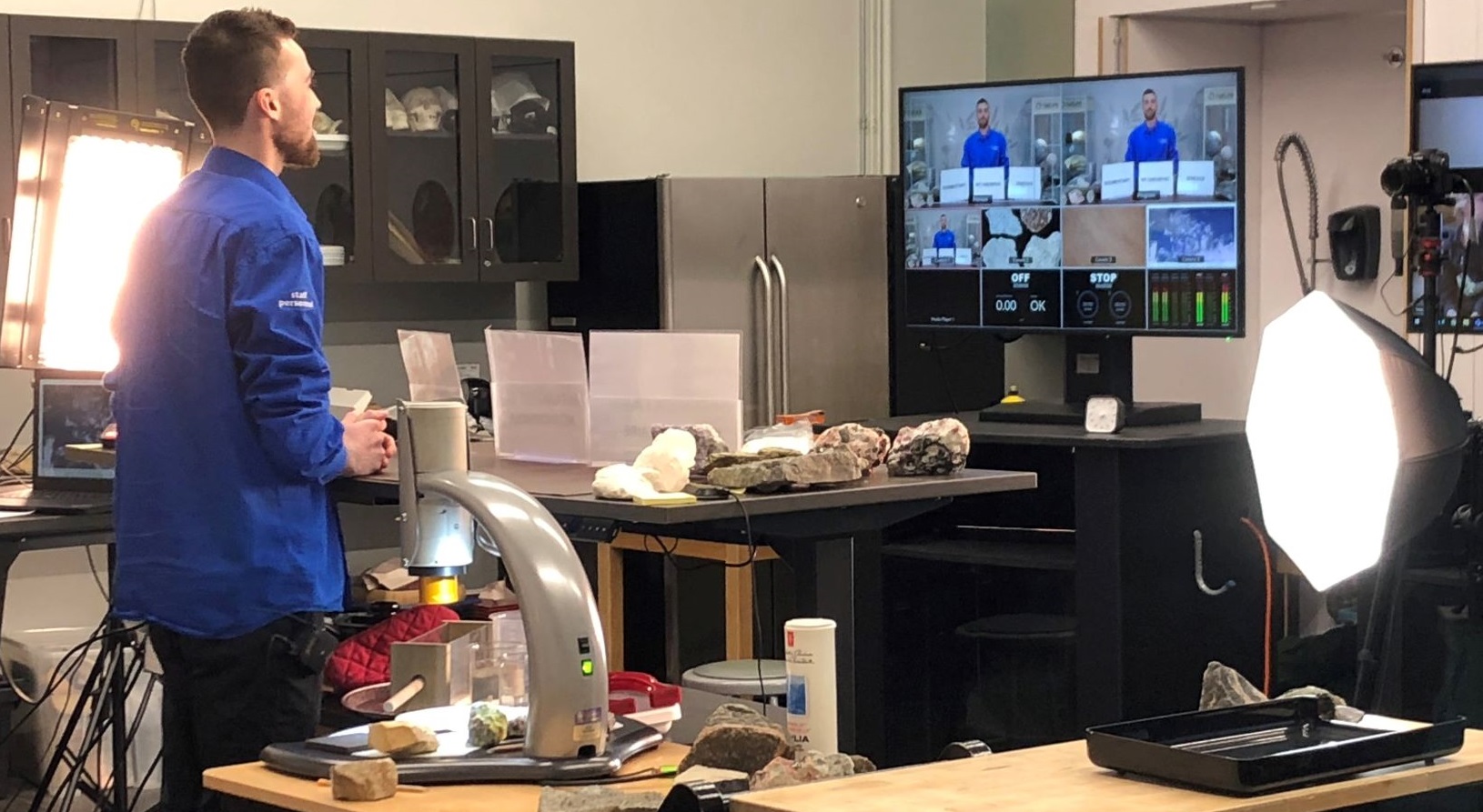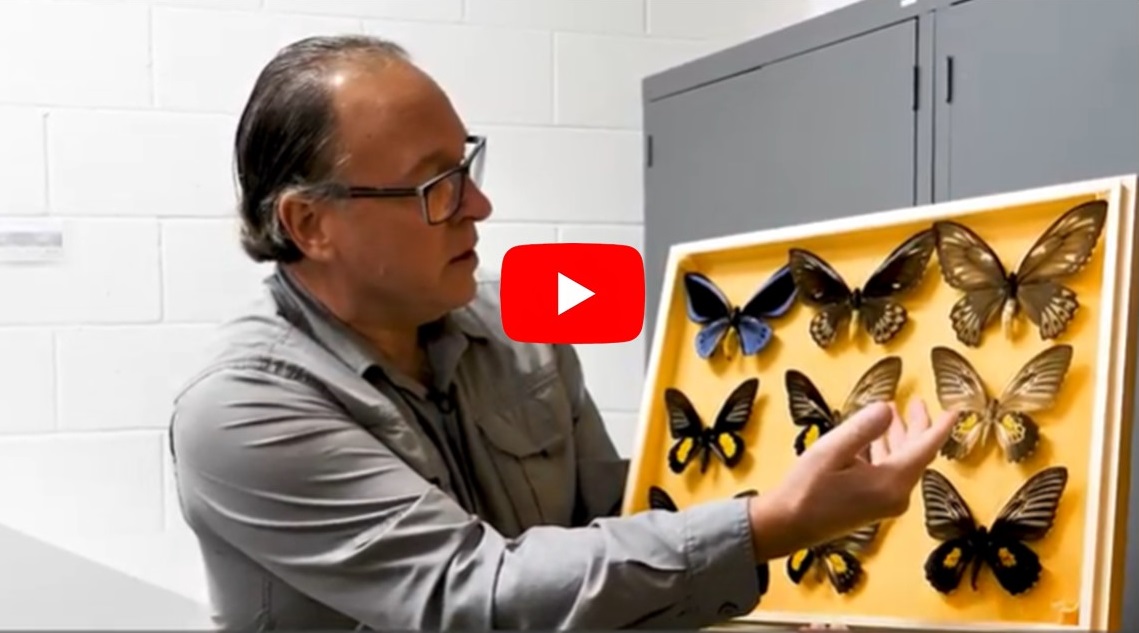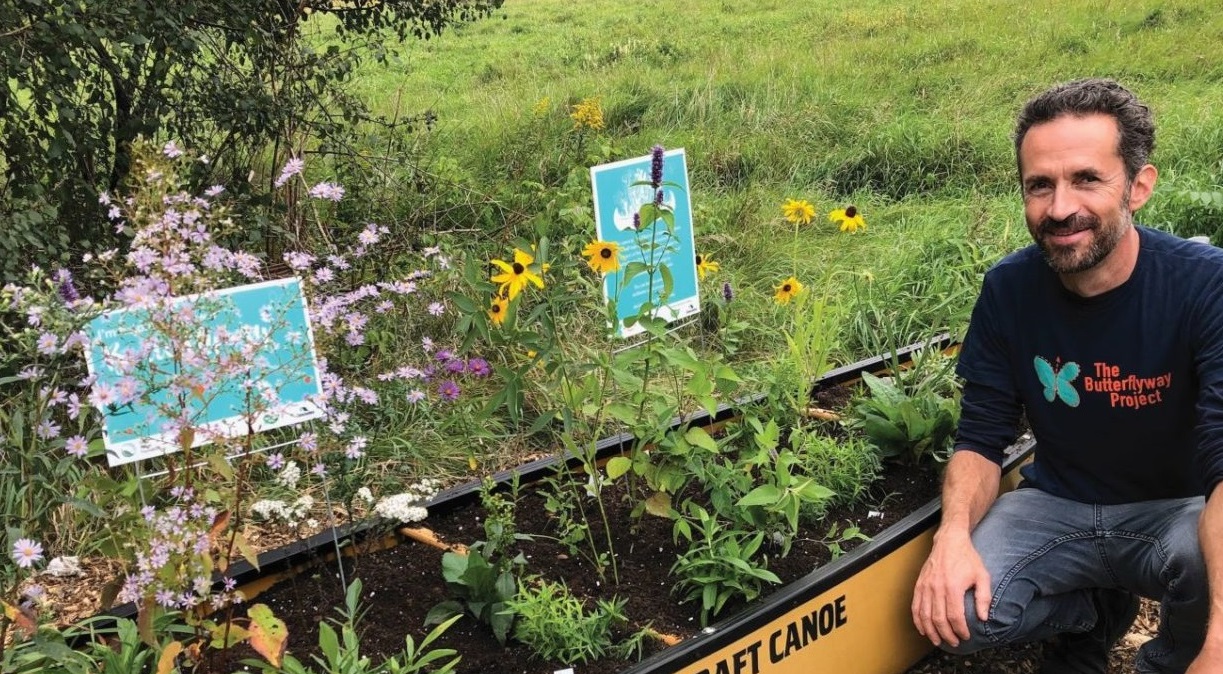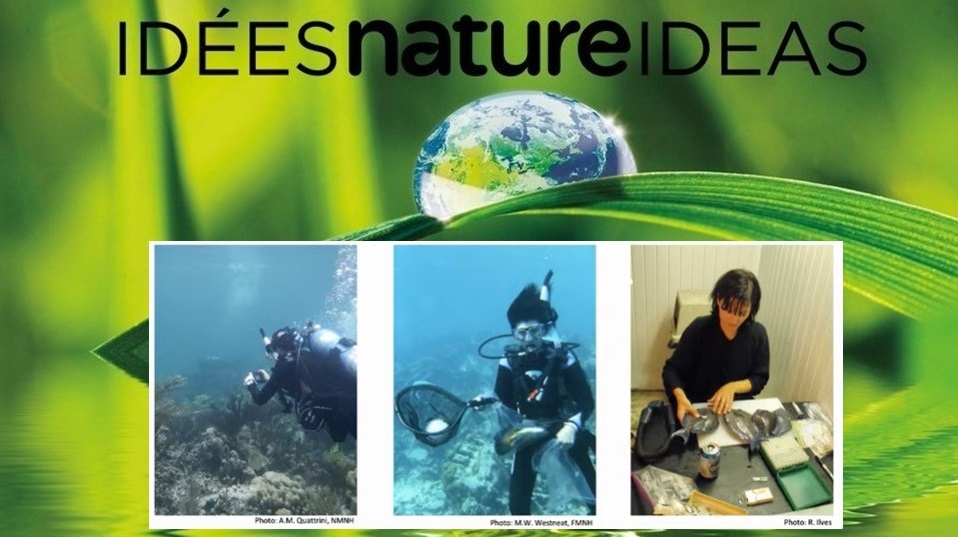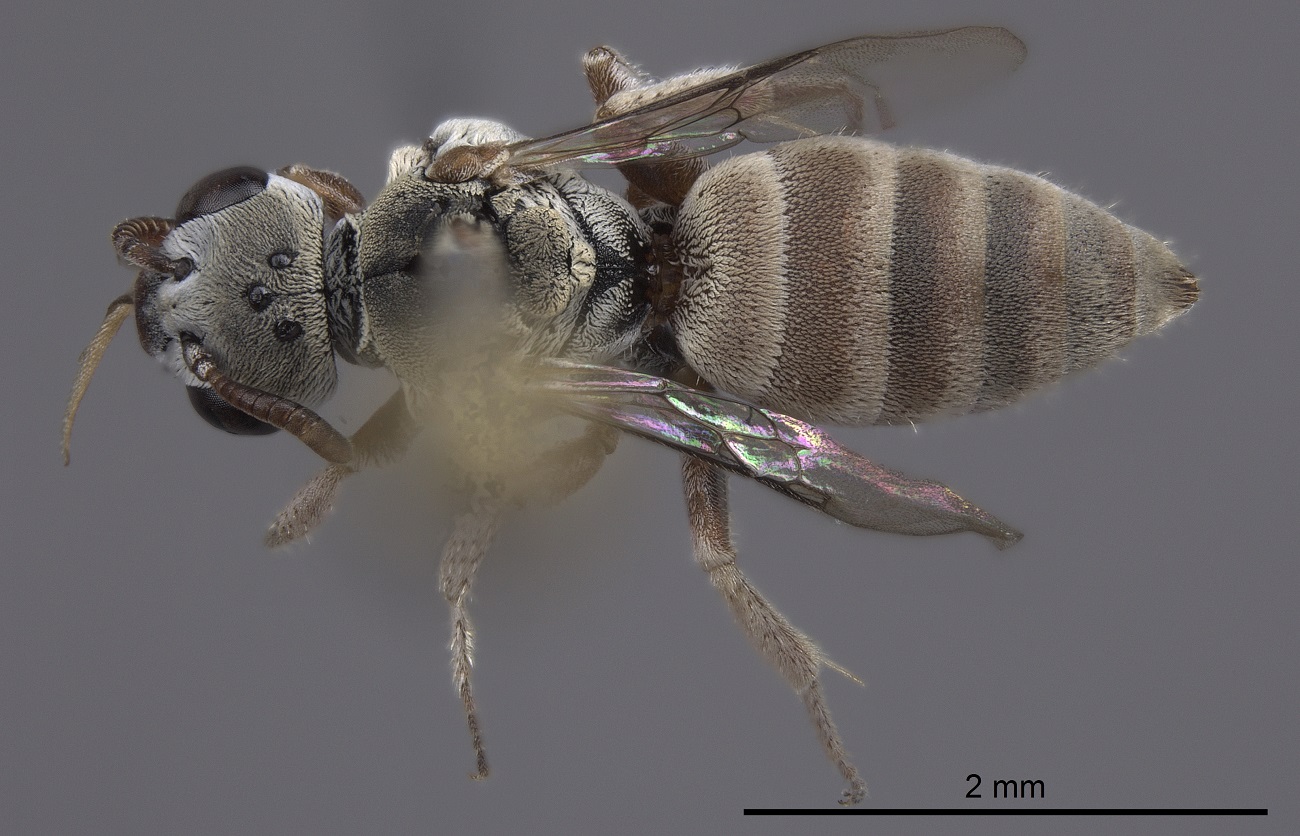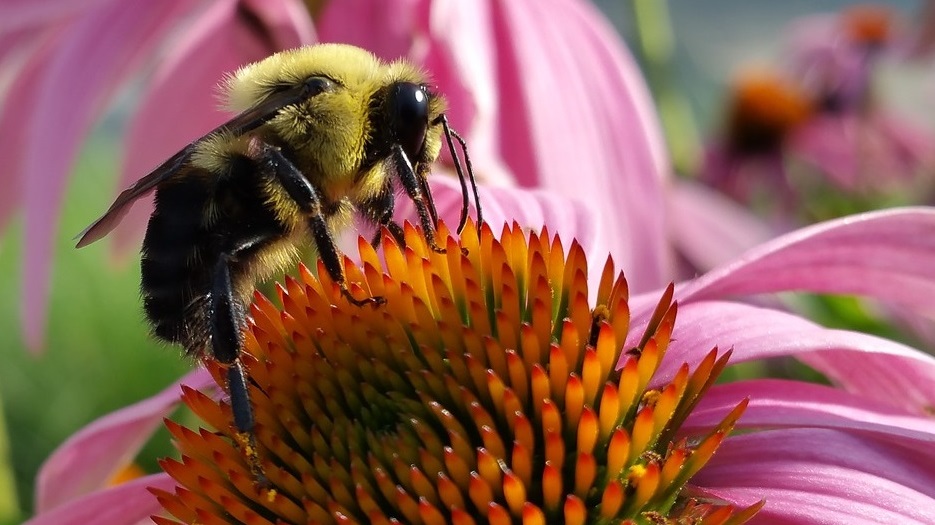
Protecting biodiversity
As we celebrate World Bee Day (May 20) and the UN Day for Biological Diversity (May 22), we're reminded of the need to protect precious habitat for pollinators – important contributors to world food production – and to preserve global biodiversity.
For now, the museum is temporarily closed in accordance with Government of Ontario directives. We miss our visitors, and look forward to welcoming you back soon in June. Stay tuned for the reopening updates.
Look to our social media channels for new content posted regularly. Follow us on Twitter, Facebook, Instagram and YouTube. Discover more on nature.ca.
Editor: Laura Sutin
Questions or comments can be sent to lsutin@nature.ca
Bee on flower: pixabay.com

